A Spinner’s Toolbox . . . Literally
Words and photos by Kai Solon
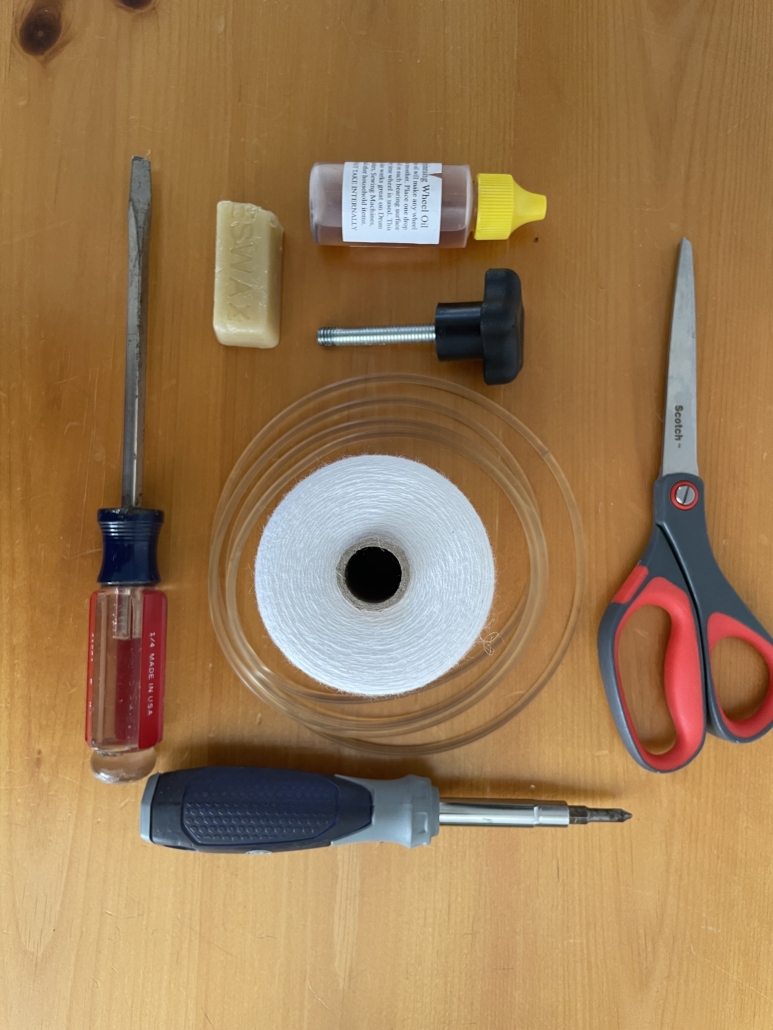
Every spinner’s most prized possession is most likely their wheel. Our wheels are what enable us spinners to do the thing we love. However, like all pieces of machinery, they have to be cared for and maintained. Now, this is not necessarily a “how to fix a broken wheel” tutorial because every wheel is different and every scenario is different. Today, I would just like to share with you a few essential tools every spinner should have handy to keep a wheel in working condition and fix solutions to tiny problems.
Why should you keep tools around?
First off, I am not telling you to start carrying around a woodshop’s worth of tools everywhere your wheel goes. That would be unreasonable. However, our wheels can be unpredictable, and a number of things could happen. A drive band could snap, a screw could come out, a spring could become uncoiled, or something simple like your wheel sounding super creaky and annoying. Having the basic tools around is helpful when your wheel decides to stop working out of the blue.
For example, at the Junior Spinning Competition MDSW 2024, a contestant’s drive band’s knot suddenly came loose and we needed a quick fix to make it tight again. We were able to fix it in time for the competition, but events like these remind me how important it is to keep spare parts around!
Of course, not everyone is going to be in a competition every time they spin. However, if you frequently demo, travel with your wheel, or are simply an avid spinner, keeping spare parts to your wheel can be a miracle when your wheel breaks or doesn’t work quite right.
What exactly should you have?
Each spinner will have different needs according to their wheel type. Some of these tools might even depend on individual preference. Not every one of these are extremely important. In fact, some of these only need to be used once in a blue moon. This might seem like a long list, but trust me, everything here has a purpose depending on the situation.
1. Oil
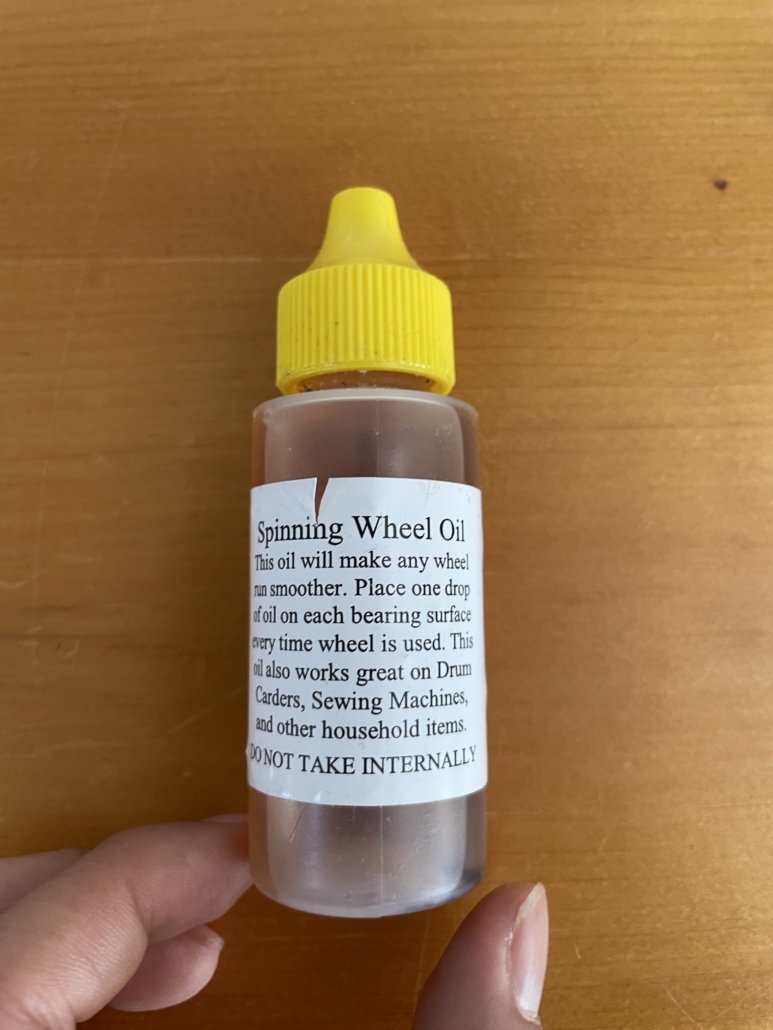
Oil is the one thing all spinners should keep handy (unless your wheel doesn’t require it). A good spinner should oil their wheel at least once every few times they spin if not every time. Oiling your wheel is quick and easy. You simply squirt a drop on the different moving (metal) parts and bearings (check your manufacturer for recommended oil placement). This will keep the bearings spinning smoothly against each other and will reduce friction that will most likely cause a really annoying squeak when you spin. If you spin frequently, oiling your wheel is key to having a smooth spin every time.
2. Extra drive bands
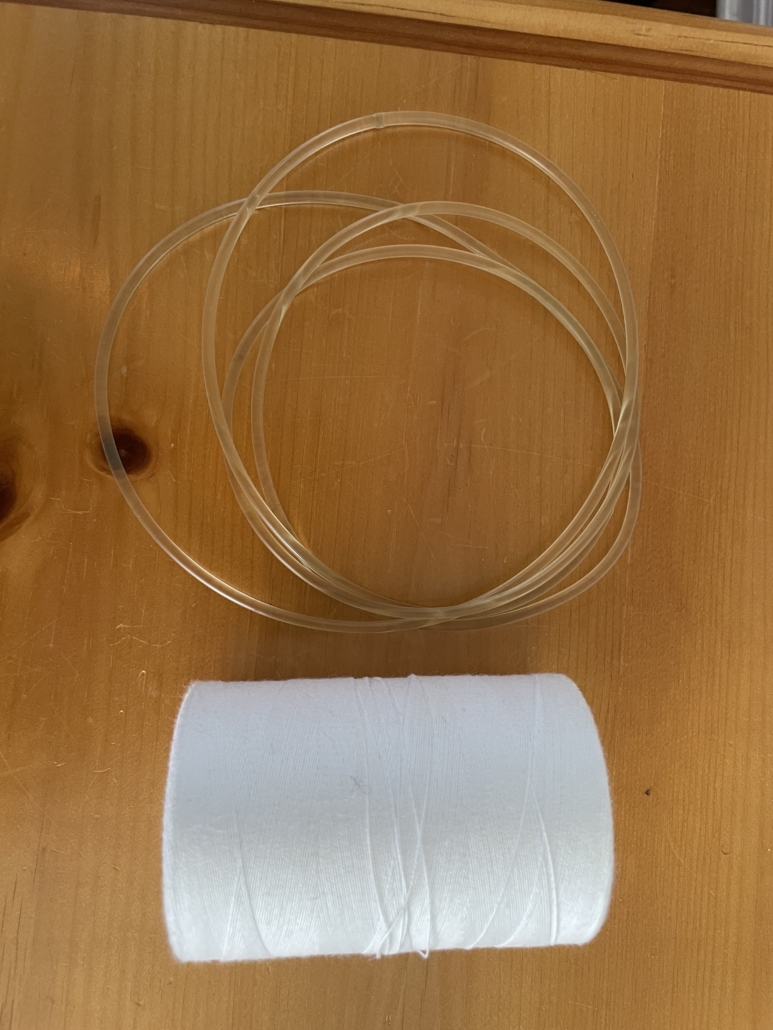
Drive bands can easily and quickly wear out/stretch out if you use your wheel often enough. Synthetic polyurethane can last for a long time, but you never know when the day might come that it will decide it’s served enough time. As for string or cotton bands, knots may easily come loose, and it can be hard to tie them a second time or sometimes they just have to be cut off. Frequent use and friction may also cause abrasion on the string and may cause weak spots, eventually leading to breakage. Your drive band is one of the most important components of your wheel, so ensure that you have a spare lying around your craft room.
A quick note on drive bands: I suggest that you keep both a polyurethane and a string drive band around, especially if you like collecting antique wheels or you own a vintage brand wheel. In some situations, the drive band may or may not affect the speed and rate at which the yarn winds onto the bobbin. A heavier drive band may cause your bobbin/flyer to wind more yarn than you can spin. You may find yourself fighting the wheel to keep the yarn in your hands.
This P.S. may not apply to you if you’ve had a wheel for ages with the same drive band. You already know what works and what doesn’t. However, if you’re trying a new-to-you wheel, and you find yourself struggling to spin at the rate your bobbin intakes yarn, try different drive bands to see if that helps you out.
3. Beeswax
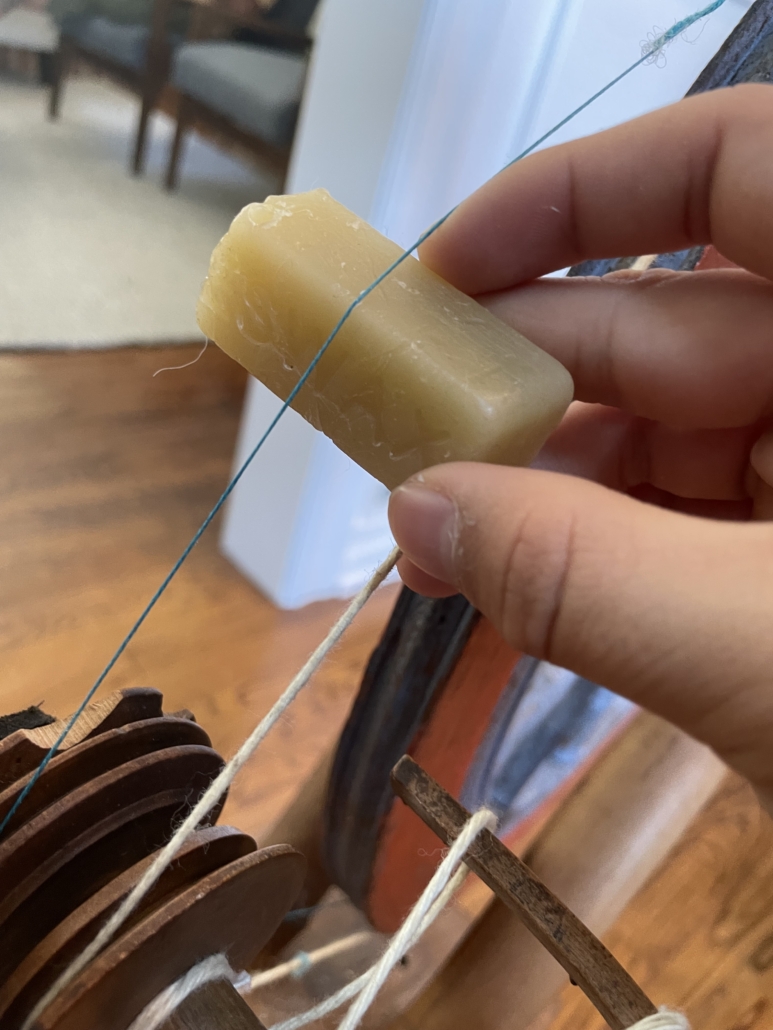
For those of you with antique wheels, or who have string drive bands in general, beeswax is a must. Beeswax can make your drive band stronger and longer lasting. It also serves the purpose of adding a stronger grip to your drive band so it spins and moves the parts it needs to move with ease. You can easily keep a tiny chunk of beeswax with you and run it on the drive band at least once or twice every time you sit down to spin. The wax wears off, so constant application may be your best bet.
4. Screwdrivers
Depending on your wheel, screws might play a key role in certain parts of the wheel. For example, on my wheel, two screws help to keep plastic strips that connect the treadles to the wheel itself. These screws may come loose quickly or need to be removed to access and repair certain parts. For my electric spinners, most of the motors are held in place with screws attaching it to the spinner. Motors can, without a doubt, need replacing as they can be a delicate piece of machinery that can blow out or need to be switched out for a stronger, better one. Screwdrivers are most definitely one of, if not the most, valuable tool to keep on hand.
5. Extra bits and bobs
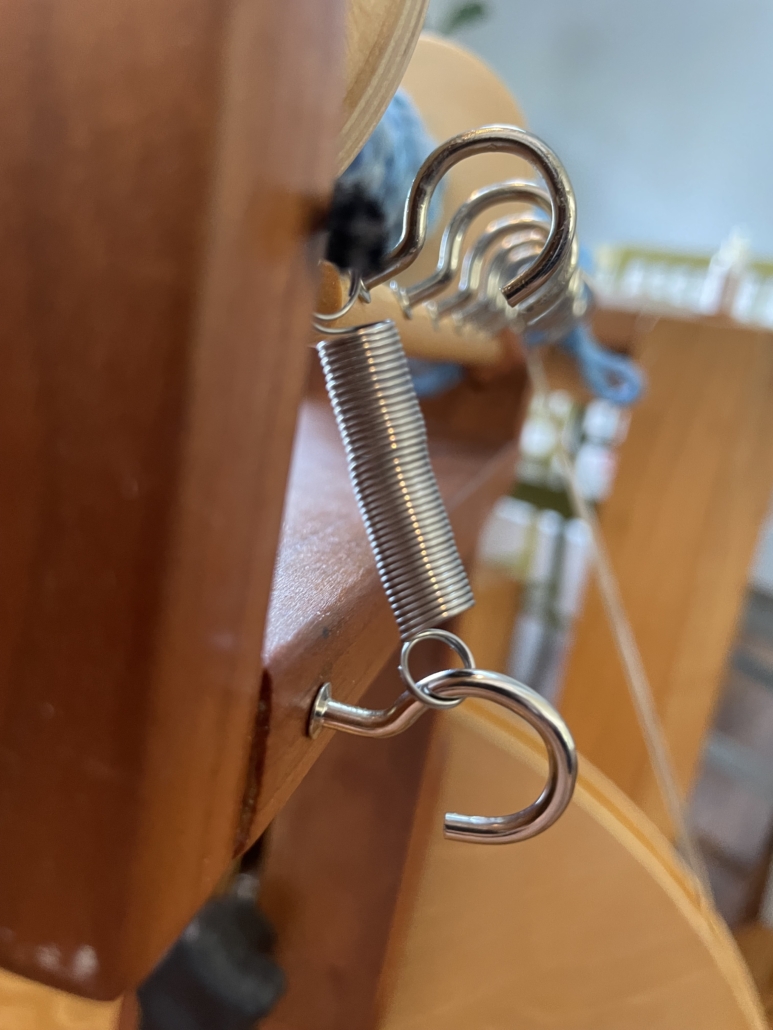
Everyone has different wheel types and styles. Wheels from different companies and wheelmakers may differ in shape, material, size, and parts. This means some parts for your wheel may be hard to come by because they are made specifically for your wheel. Therefore, if and when possible, buy these spare parts so you can replace them when something breaks.
You never know when a part breaks down or has just served its purpose for long enough. This is why I personally like to keep spare bearings, plastic bits, and screws around for my wheel when possible. Because I often take my wheel out and about for demos, I don’t want to risk not being able to spin any longer because the screw fell out of my right treadle!
Recommendations from other spinners
I asked 57 spinners what they think is the most useful thing they keep around and why. Not entirely surprising, spinning wheel oil and spare drive bands tied, with both items each making up 35 percent of the responses – 70 percent of the responses total.
For James P., oil is most important because “A wheel is a machine which has various bushings and bearings. If the bearings are sealed then that’s easy, no maintenance needed, but invariably most bobbins or flyers sit in either bronze, leather, or plastic bearings. To keep those spinning smoothly, quietly and so as they don’t alter my takeup, they really benefit from very regular oiling. Regular oiling (I oil every 30–45 mins) also cleanses the bearings as well as lubricating them to ensure particulates don’t prematurely wear them down. For me it’s the single most important thing I do to maintain my wheel as I spin.”
Here’s what Karen B. said about her drive bands: “My Majacraft Rose has a plastic drive band. I am not sure how easy it would be to make a temporary one out of cotton. That being said, if my drive band is broken, I can’t spin. To be prepared, I have a little case with all these items that I keep in my spinning travel box. It goes with me to all guild meetings, demos, or just a spinning day in the park.”
Screwdrivers also seemed to be a popular choice among the spinners, and Callie W. provided an excellent explanation as to why: “A screwdriver is the only tool that I have used on my wheel. Sometimes the fasteners holding the wheel together get slightly loose, or the screws on the treadles loosen.”
Conclusion
Wheel maintenance is key to good spinning. Maintenance will keep your wheel running smoothly and will leave you to worry about your yarn and not what your wheel’s issues are. Again, this is just a general list of tools, but everyone has their own unique preferences and wheels. Like so many other aspects of our craft, find what works for you. When you have a wheel and method that works for you, you’ll be on your path to success. Happy spinning!
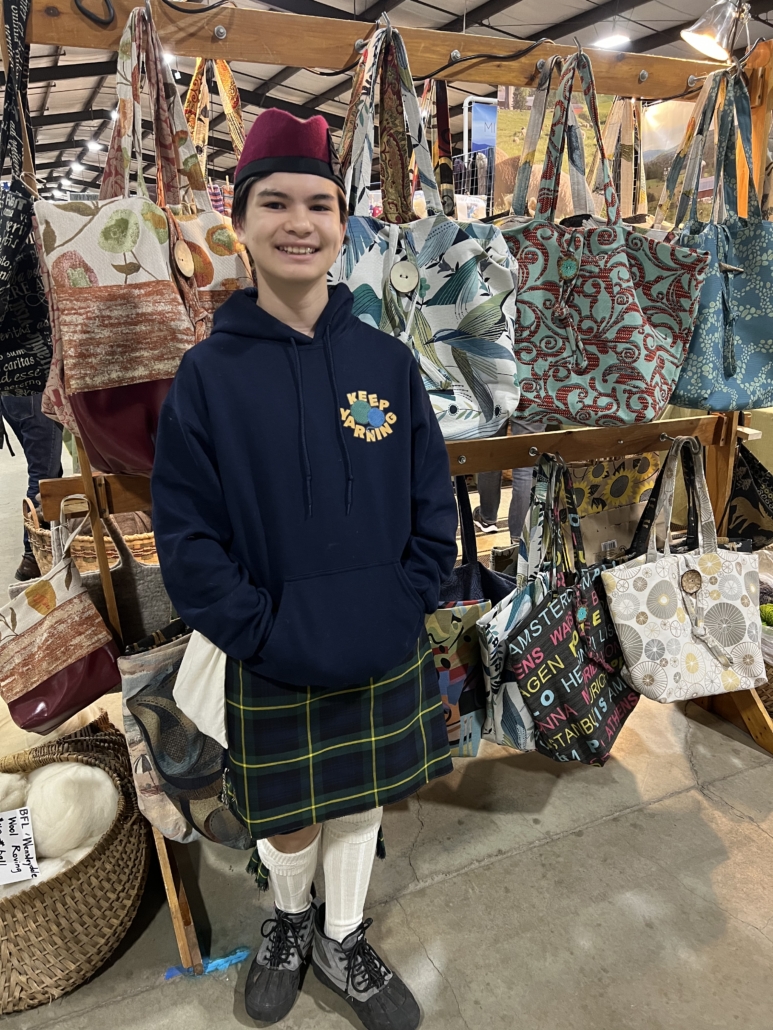
Kai Solon is a young fiber artist who enjoys spending his free time spinning, weaving, and natural dyeing and has also recently dabbled in kilt making. Kai shares his fiber journey on Instagram and YouTube as @FiberByNature. Outside fiber, you’ll find Kai playing his heart out in his high school drumline.


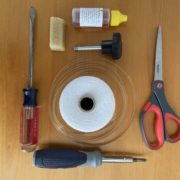
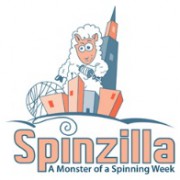
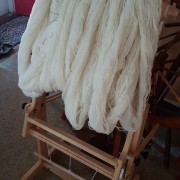
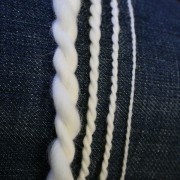
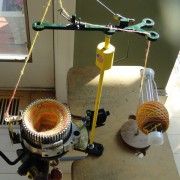
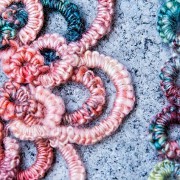


Leave a Reply
Want to join the discussion?Feel free to contribute!